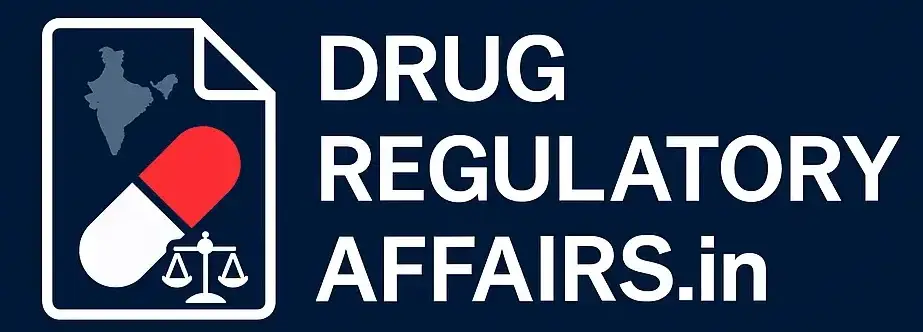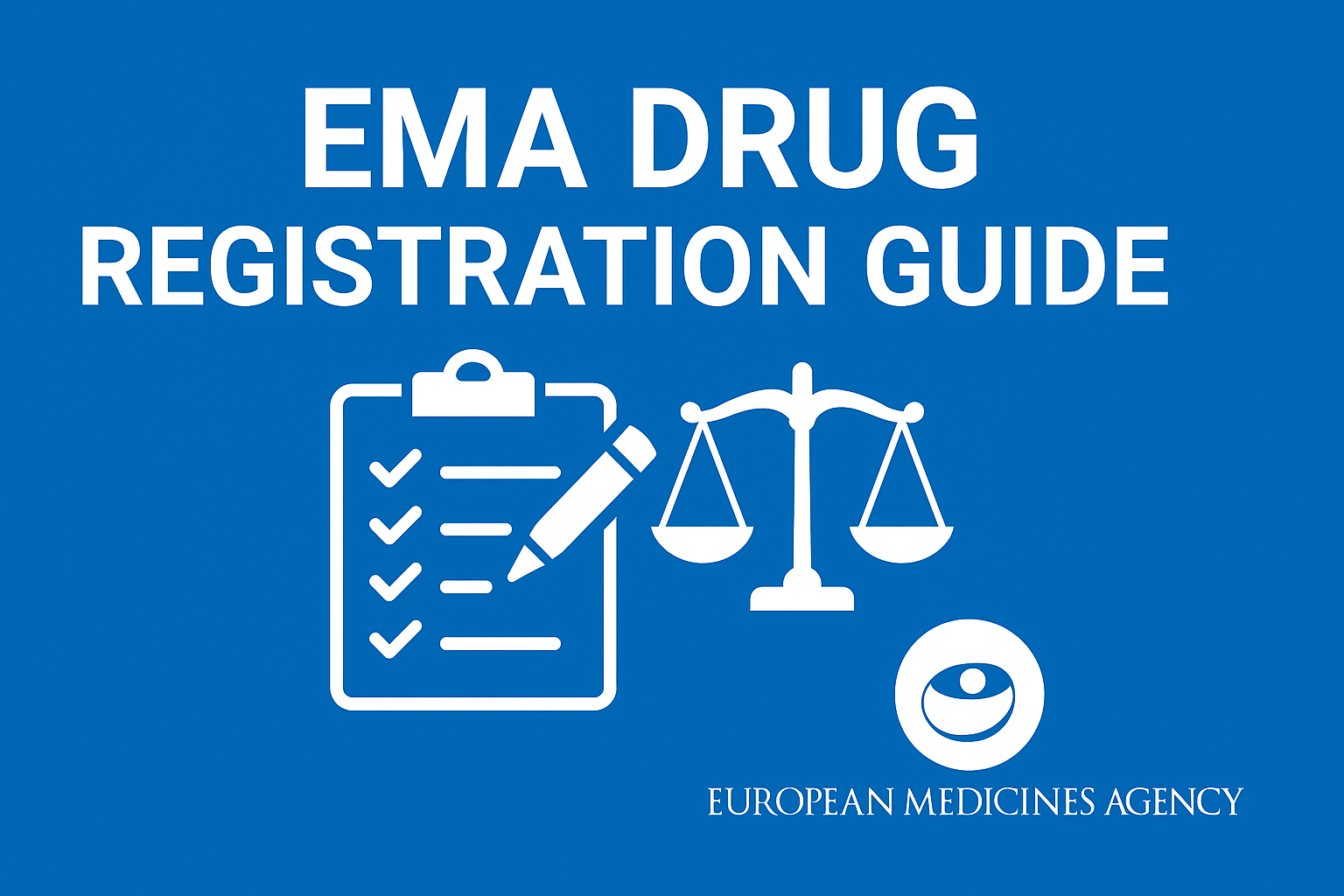EMA Drug Approval Process – A Complete Guide to Centralized, DCP, and MRP Pathways
EMA Drug Approval Process: The European Medicines Agency (EMA) plays a crucial role in regulating medicinal products within the European Union (EU).
For any pharmaceutical company targeting the European market, understanding the EMA Drug Approval Process is essential.
Must Read: How to Register a Drug with USFDA – A Complete Submission Guide
This article explores the main pathways—Centralized Procedure (CP), Decentralized Procedure (DCP), and Mutual Recognition Procedure (MRP)—along with timelines, document requirements, and post-approval obligations.
🏢 What is the EMA?
The EMA is the central body for scientific evaluation, supervision, and pharmacovigilance of medicines in the EU.
It ensures high standards of quality and safety for all drugs approved within the region.
Its decisions are legally binding across all EU and EEA countries, including Norway, Iceland, and Liechtenstein.
📦 Submission Pathways Explained
🔹 Centralized Procedure (CP)
Used for:
- Biotech and high-tech drugs
- Orphan medicines
- ATMPs (Advanced Therapy Medicinal Products)
📌 Result: One marketing authorization valid throughout the EU.
🔸 Decentralized Procedure (DCP)
Used when the product hasn’t been approved in any EU state. One Reference Member State (RMS) leads the review, and other Concerned Member States (CMS) participate.
📌 Result: Multiple national authorizations at once.
🔸 Mutual Recognition Procedure (MRP)
Used when a drug is already authorized in one EU country. Other member states “mutually recognize” the existing approval.
📌 Result: Efficient expansion into additional markets.
🎯 Eligibility Overview
| Procedure | When to Use | Outcome |
|---|---|---|
| CP | New actives, biotech, ATMPs | Single EU-wide approval |
| DCP | Not yet approved in any EU country | Multiple national approvals |
| MRP | Already approved in at least 1 country | Recognition in others |
📁 CTD/eCTD Submission Requirements
EMA mandates submissions in the Common Technical Document (CTD) format.
For electronic submissions, eCTD is required.
CTD Modules:
- Regional (EU-specific admin)
- Summaries
- Quality (CMC)
- Nonclinical (Pharmacology, Toxicology)
- Clinical (Trials, Safety, Efficacy)
⏱ Timelines
| Pathway | Approximate Review Time |
|---|---|
| CP | 210 days (excluding clock stops) |
| DCP | ~210 days |
| MRP | ~90 days |
💰 Fees (Indicative)
- CP Full Review: €300,000+
- DCP: Depends on the RMS and CMS involved
- Scientific Advice (Optional): €50,000–€80,000
⚠️ Common Submission Deficiencies
- Poor quality dossier (especially Module 3)
- Missing justification for posology or indication
- Incomplete translations or local labeling
- Lack of Environmental Risk Assessment (ERA)
🔄 Post-Approval Responsibilities
- Periodic Safety Update Reports (PSURs)
- Risk Management Plans (RMPs)
- Renewals after 5 years
- Notification of variations (major/minor changes)
🆚 EMA vs USFDA
| Feature | EMA | USFDA |
|---|---|---|
| Coverage | EU/EEA (27+ countries) | United States |
| Format | eCTD | eCTD |
| Procedures | CP, DCP, MRP | NDA, ANDA |
| Centralized Review? | Yes | No |
❓ FAQ – EMA Drug Approval Process
❓ Q1. Is the centralized procedure mandatory for all drug submissions to EMA?
A1. No. The Centralized Procedure is mandatory for biotech, orphan, advanced therapy products, and new actives for serious diseases.
For other drugs, companies may choose DCP or MRP based on market strategy.
❓ Q2. How long does it take to get EMA approval for a drug?
A2. The standard timeline for the Centralized Procedure is 210 active days, but including clock-stops and queries, the full approval cycle typically takes around 12 months.
❓ Q3. What is the difference between DCP and MRP?
A3. DCP is used when a drug hasn’t been approved in any EU country and multiple authorizations are sought at once.
MRP is used when the drug is already approved in one EU country and needs recognition in others.
❓ Q4. Can non-European companies apply for EMA approval?
A4. Yes, companies based outside the EU can submit applications to the EMA, but they must appoint an EU-based legal representative for correspondence and compliance.
❓ Q5. What is the required submission format for EMA applications?
A5. The EMA mandates electronic submissions in the eCTD (Electronic Common Technical Document) format.
All modules—administrative, quality, nonclinical, and clinical—must comply with ICH and EMA formatting standards.
🧠 Final Thoughts: EMA Drug Approval Process
Understanding the EMA Drug Approval Process is vital for market access across Europe.
Choosing the correct procedure—CP, DCP, or MRP—can significantly impact cost, speed, and compliance.
Always ensure your documentation is robust, local rep is appointed, and timelines are realistically planned.

